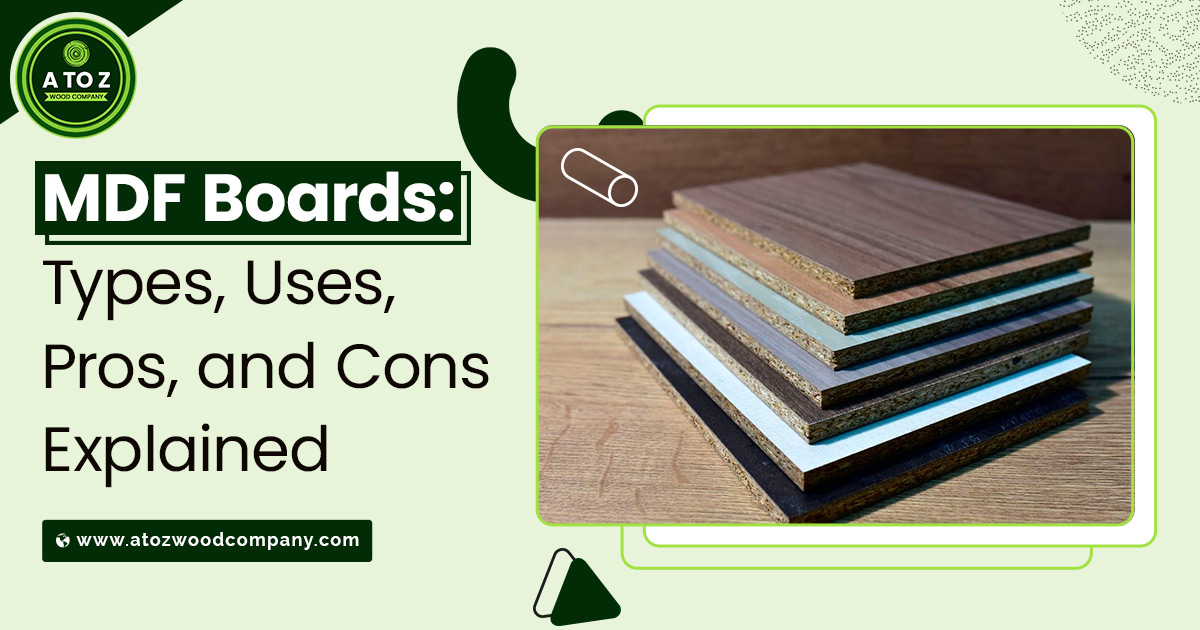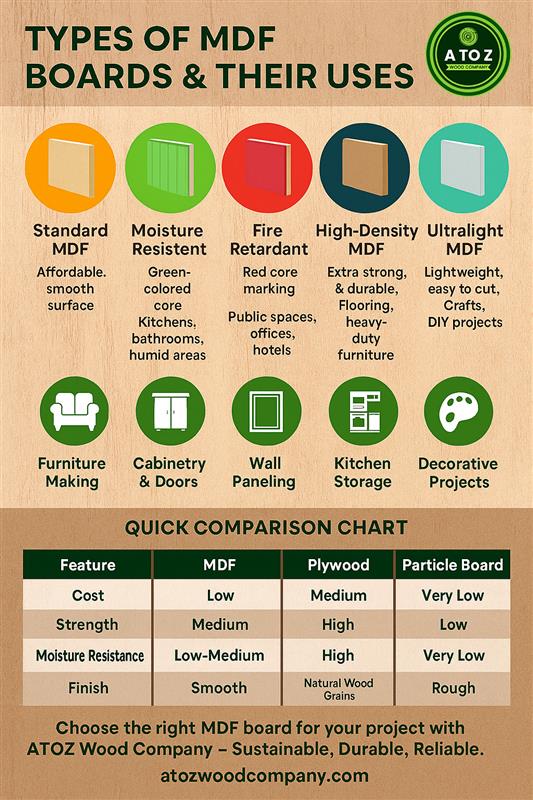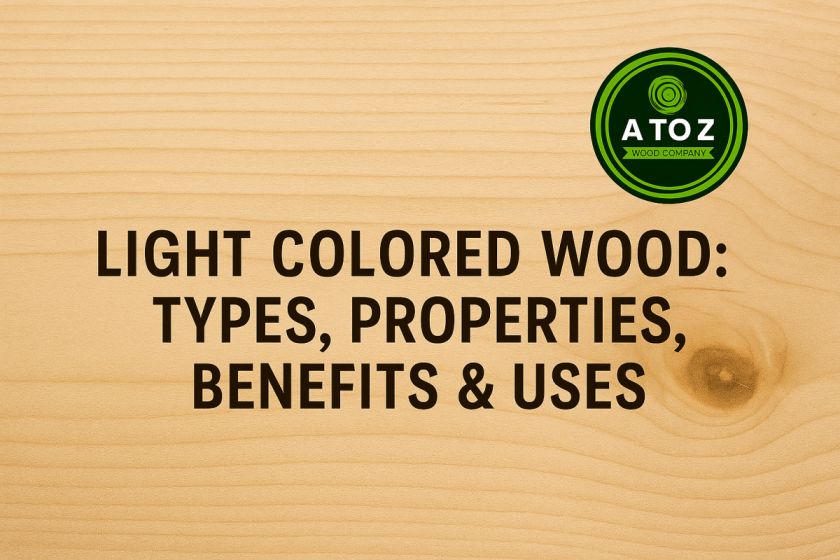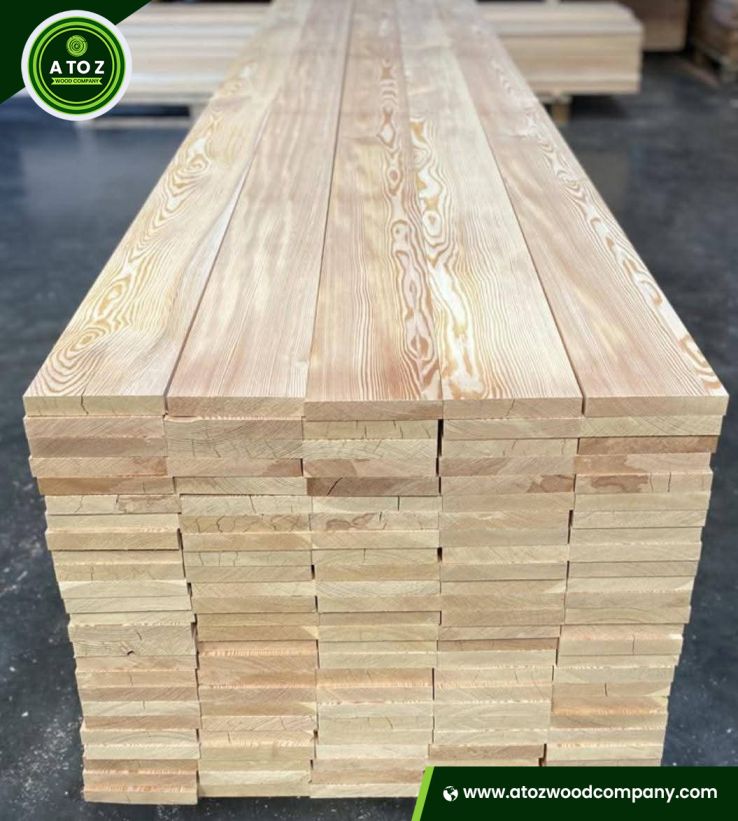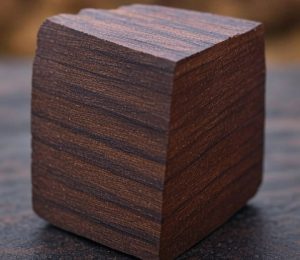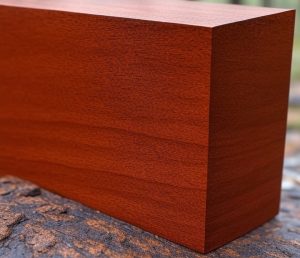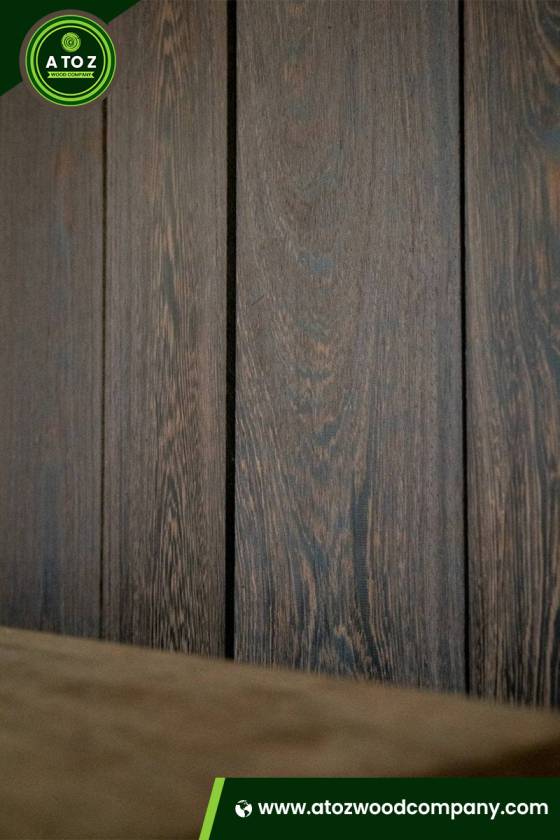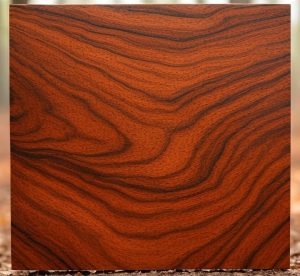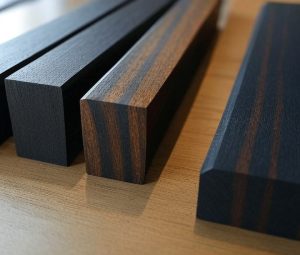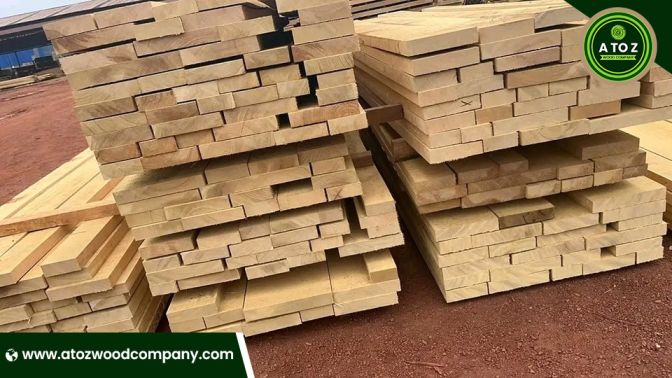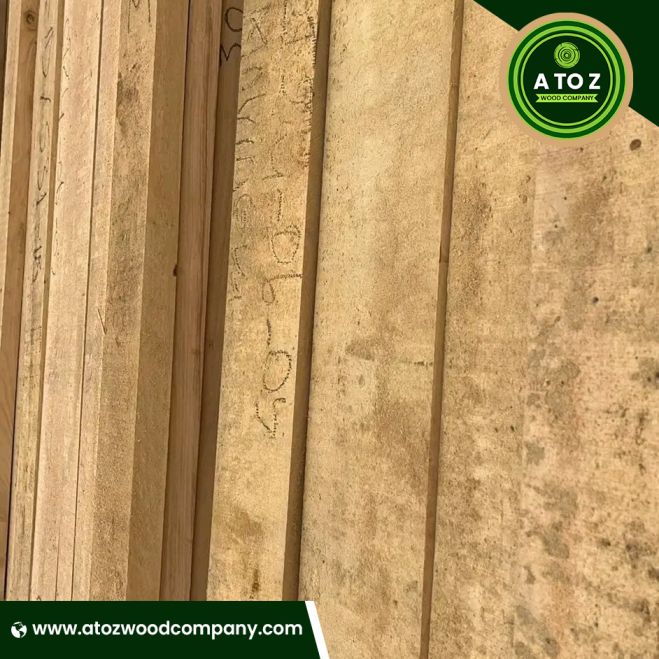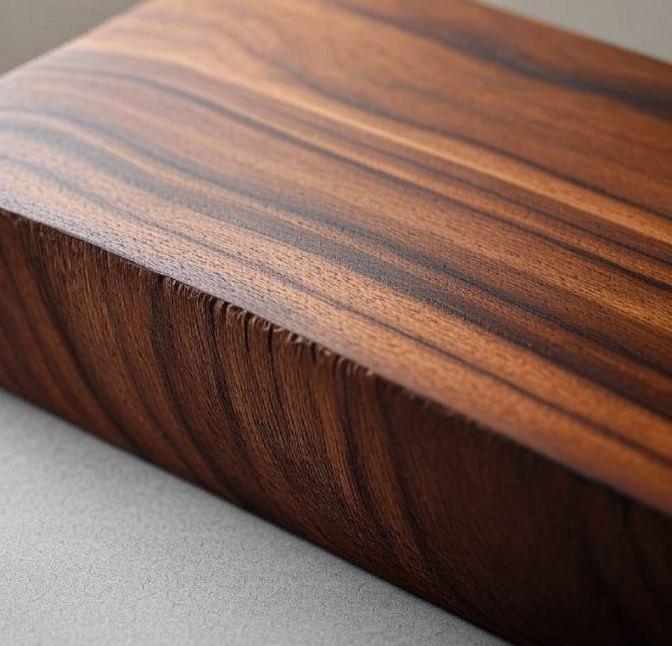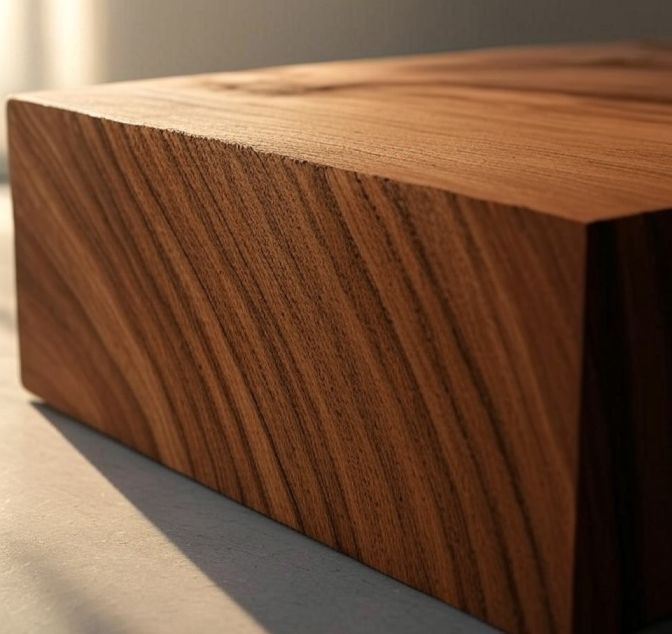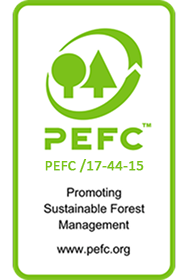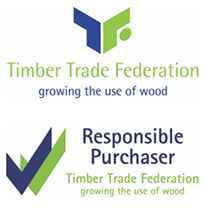Softwood is one of the most widely used materials in the global timber trade, known for its versatility, workability, and sustainability. While most people associate softwood with conifers like pine and cedar, the category includes a diverse range of species—each with unique characteristics, applications, and commercial appeal.
In this article, we’ll explore 10 prominent types of softwood, highlighting their hardness, durability, uses, and export value. Whether you’re a timber buyer, woodworker, or supplier, understanding these species helps in making smarter procurement and manufacturing decisions.
What is Softwood?
Softwood refers to wood from gymnosperm trees, typically conifers like pine, fir, spruce, and cedar. Despite the name, softwood isn’t always “soft”—some softwoods are harder than certain hardwoods.
Key Characteristics:
- Fast growth rate, making it renewable and cost-effective.
- Lightweight and easy to work with in construction and carpentry.
- Varied grain patterns, ranging from fine to coarse.
- Often used for framing, cladding, joinery, packaging, and furniture.
Top 10 Types of Softwood Used Worldwide
Here’s a deep dive into ten widely used softwood types, including their botanical name, origin, physical properties, uses, and market appeal.
1. Douglas Fir (Pseudotsuga menziesii)
Origin: North America (U.S., Canada)
Janka Hardness: 620 lbf
Why It Stands Out:
Douglas Fir combines strength and stability, making it ideal for structural applications like beams, frames, and trusses.
Unique Traits:
- Straight, uniform grain.
- Natural resistance to decay and insects.
- High dimensional stability.
Uses:
House framing, bridge construction, plywood, laminated beams.
Export Value:
Highly prized in the U.S. and Pacific export markets due to strength-to-weight ratio.
2. Southern Yellow Pine (Pinus spp.)
Origin: Southeastern United States
Janka Hardness: 870–1225 lbf (varies by subspecies)
Why It Stands Out:
Southern Yellow Pine is one of the hardest softwoods, making it suitable for heavy-duty applications.
Unique Traits:
- High resin content for natural durability.
- Excellent for pressure treatment.
Uses:
Decking, flooring, utility poles, marine timber.
Export Value:
Popular for treated wood products, especially for outdoor use.
3. White Spruce (Picea glauca)
Origin: Canada, Northern U.S., Europe
Janka Hardness: 480 lbf
Why It Stands Out:
White Spruce is lightweight and known for its sound resonance in musical instruments.
Unique Traits:
- Pale color with fine, even grain.
- Low shrinkage and good workability.
Uses:
Pulpwood, millwork, crates, soundboards for instruments.
Export Value:
Preferred in furniture-grade and acoustic wood markets.
4. European Larch (Larix decidua)
Origin: Central Europe
Janka Hardness: 740 lbf
Why It Stands Out:
Naturally durable with excellent weather resistance, ideal for exterior architecture.
Unique Traits:
- Golden-red tones.
- Moderately durable without treatment.
Uses:
Cladding, garden structures, boat building, parquet flooring.
Sustainability Note:
Harvested under EU forest sustainability standards.
5. Radiata Pine (Pinus radiata)
Origin: California (native), widely grown in Chile, New Zealand, Australia
Janka Hardness: 710 lbf
Why It Stands Out:
Among the most plantation-grown softwoods worldwide.
Unique Traits:
- Uniform texture and minimal defects.
- Easily treated and kiln-dried.
Uses:
Furniture, joinery, veneer, particle board.
Export Focus:
Key timber export for New Zealand and Chile.
Some Lesser-Known Yet Valuable Softwoods Types
6. Hemlock (Tsuga canadensis / Tsuga heterophylla)
Origin: North America (Western and Eastern)
Janka Hardness: 540–600 lbf
Why It Stands Out:
Used as a cost-effective alternative to Douglas Fir and Spruce.
Unique Traits:
- Light color with faint grain.
- Excellent gluing and machining properties.
Uses:
Doors, frames, plywood cores, furniture framing.
Industry Insight:
Commonly exported from Canada’s coastal forests.
7. Eastern White Pine (Pinus strobus)
Origin: Eastern North America
Janka Hardness: 380 lbf
Why It Stands Out:
Favored by cabinetmakers and woodcarvers for its softness.
Unique Traits:
- Silky texture and pale appearance.
- Ages to a warm honey tone.
Uses:
Cabinetry, interior paneling, moldings, furniture.
Market Niche:
High demand for restoration and custom interiors.
8. Western Red Cedar (Thuja plicata)
Origin: Western North America
Janka Hardness: 350 lbf
Why It Stands Out:
Extremely resistant to rot and insect damage.
Unique Traits:
- Aromatic, reddish-brown wood.
- Very stable and low shrinkage.
Uses:
Siding, fencing, saunas, outdoor structures.
Export Demand:
High-value timber in Japan and Europe.
9. Norway Spruce (Picea abies)
Origin: Northern and Central Europe
Janka Hardness: 380 lbf
Why It Stands Out:
Used in construction and musical instruments.
Unique Traits:
- Cream color with subtle grain.
- Flexible and lightweight.
Uses:
Framing, pallets, string instruments, pulp.
Timber Economics:
Cost-effective and widely grown under FSC/PEFC certification.
10. Scots Pine (Pinus sylvestris)
Origin: Europe and Asia
Janka Hardness: 500–600 lbf
Why It Stands Out:
Harder than most European softwoods with good durability.
Unique Traits:
- Reddish heartwood with light sapwood.
- Finishes and treats well.
Uses:
Furniture, structural timber, window frames, flooring.
Sustainability:
One of the most planted softwoods in Europe under sustainable forestry.
Choosing the Right Softwood for Your Needs
Each softwood species has its own strengths. If you’re seeking:
Strength and durability → Go for Douglas Fir or Southern Yellow Pine.
Exterior use and rot resistance → Choose Western Red Cedar or European Larch.
Lightweight and affordable options → Norway Spruce or Hemlock fit the bill.
Furniture and interior aesthetics → Eastern White Pine or Scots Pine stand out.
Understanding the unique characteristics of different types of softwood— like grain patterns, hardness levels, and decay resistance — helps you make informed choices based on your project needs.
At AtoZ Wood Company, we specialize in supplying premium-quality softwood timber sourced sustainably from managed forests across the globe. Whether you’re looking for kiln-dried Radiata Pine, structural-grade Southern Yellow Pine, or weather-resistant Western Red Cedar, we deliver timber that meets global standards for quality and sustainability.
If you’re seeking expert guidance or a trusted partner in softwood timber supply, contact AtoZ Wood Company today. We offer competitive wood prices, real-time support, and bulk timber solutions that align with your environmental and business goals.
 +237 681 25 6934
+237 681 25 6934






